
How a coffee tastes can tell you a lot about where it was grown—but how? Research from the University of Naples explains.
BY BHAVI PATEL
BARISTA MAGAZINE ONLINE
Featured photo by Nao Triponez
In an era where consumers increasingly demand transparency in their food and beverage choices, traceability in coffee has emerged as more than just an industry buzzword—it is becoming the cornerstone of ethical consumption and quality assurance. The journey of coffee beans from remote coffee farms to the espresso in your cup tells a story of terroir, cultivation practices, and human connection that discerning coffee enthusiasts have come to value as much as the flavor itself. Yet, beyond the compelling narratives of origin, a scientific revolution is brewing that promises to transform how we authenticate these stories.
Behind the complex flavors of a perfectly pulled espresso lies a chemical fingerprint as unique as the region where its beans were grown. Volatile organic compounds (VOCs)—the aromatic molecules that create coffee’s distinctive scent and taste—offer more than sensory pleasure; they provide forensic evidence of origin that can be measured, analyzed, and verified. A study by the scientists at the Department of Agricultural Sciences, University of Naples Federico II, in Naples, Italy, holds the potential to revolutionize traceability efforts, providing the coffee industry with powerful tools to verify sourcing claims and giving roasters and consumers unprecedented confidence in the provenance of their coffees.
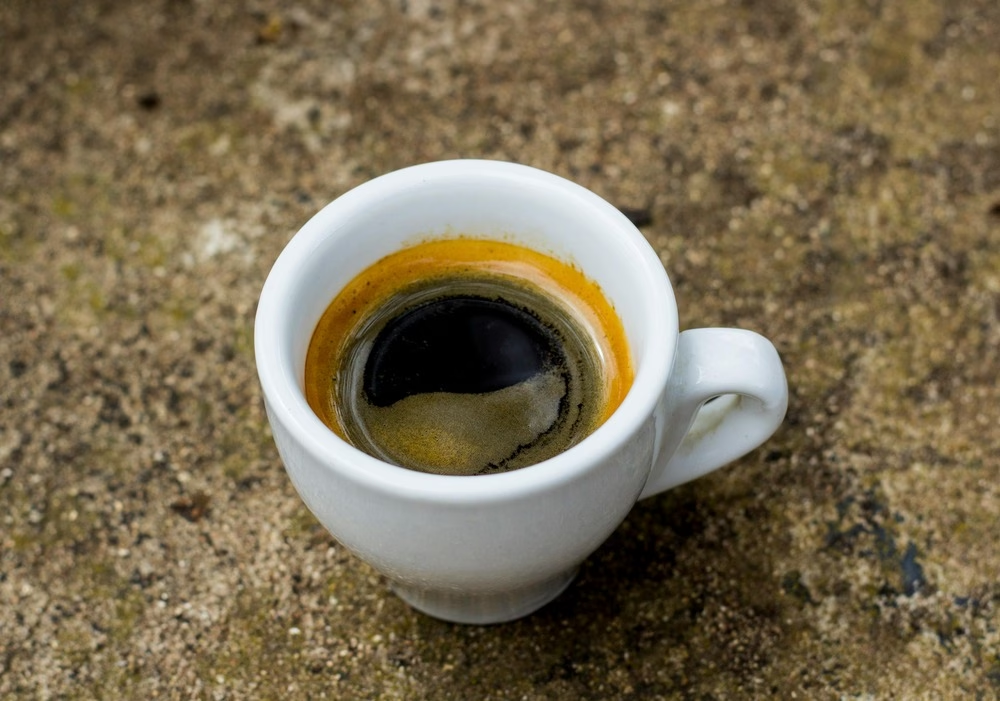
“VOCs, analyzed by GC-MS, ensure quality, consistency, and traceability in wine—similarly, they offer coffee the same benefits, helping monitor quality and consistency while verifying geographic origin, key topics in today’s market,” says Judith Konsten, a Q Robusta and Q Arabica Grader and WSET 3 certified wine taster who also placed as the runner-up in the Dutch Cup Tasters Championship in 2019.
For the study, a total of 162 coffees—including arabicas from Peru, Colombia, and Brazil, robustas from India and Vietnam, and Ugandan espresso coffee samples of different degrees of roasting (light, medium, and dark)—were characterized for physicochemical features like lipids, solids, and chlorogenic acids. The samples were also analyzed via Static Headspace – Gas Chromatography/Mass Spectrometry (SHS-GC/MS) to analyze the volatile compounds in the espressos.

Linear discriminant analysis was performed on the data of the chemical classes of VOCs, and it was able to correctly identify 97.53% of the tested samples through cross-validation. Light- and medium-roasted robusta EC showed a major contribution of pyrazines and pyrimidines, while aldehydes, alcohols, and ketones were generally more representative in arabica samples. The quantitative distribution of volatile compounds proved to be a useful tool to discriminate samples by geographical origin.
“Light- and medium-roasted coffee reveal the differences in aroma profiles more clearly due to volatile compounds such as aldehydes and ketones, while dark roasting tends to blur these differences. Interestingly, as a coffee taster and Q Grader, I notice I can distinguish fragrance, aroma, and flavor, as well as origin, more easily in light- and medium-roasted beans. The VOC profiles of these coffees align with the clearer taste distinctions I experience, showing how volatile compounds shape the sensory experience of coffee,” Judith says.
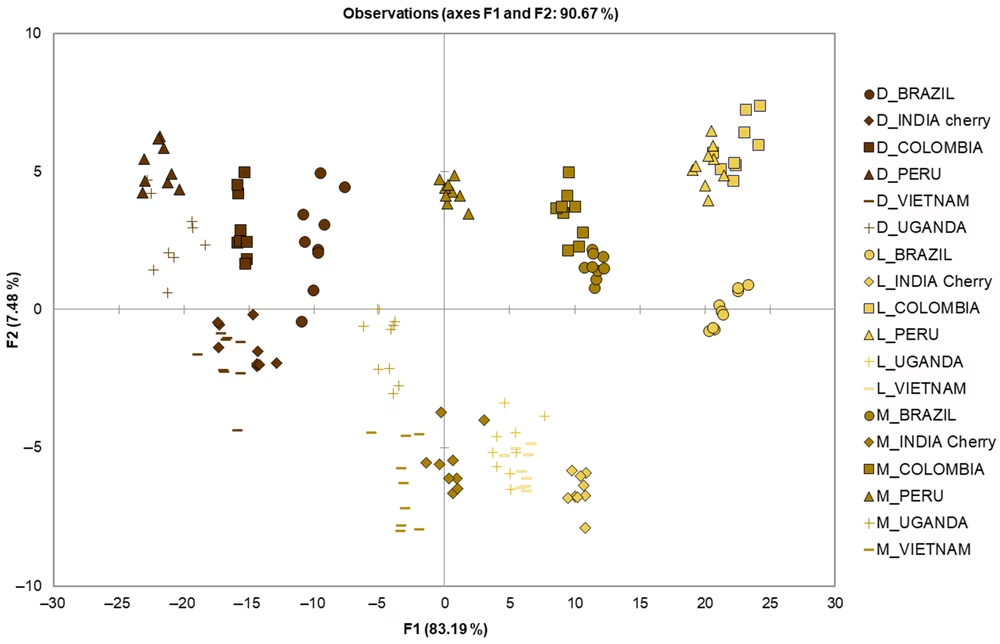
As we can see in the score plot above, there is a clear separation not only for the origin of the samples but also for different roast degrees, suggesting that the volatile compounds are effective in discriminating both origin and roast levels. The lower the level of roasting, the more evident the separation of the samples according to their geographic origin. Higher degrees of roasting lead to the development of new volatile compounds, such as furans and sulfur compounds, which reduce the differences originally present in the green coffee beans.
Another important observation of this study is the possibility to distinguish arabica and robusta coffee samples, as particular chemical classes of VOCs are more representative of one variety than the other.
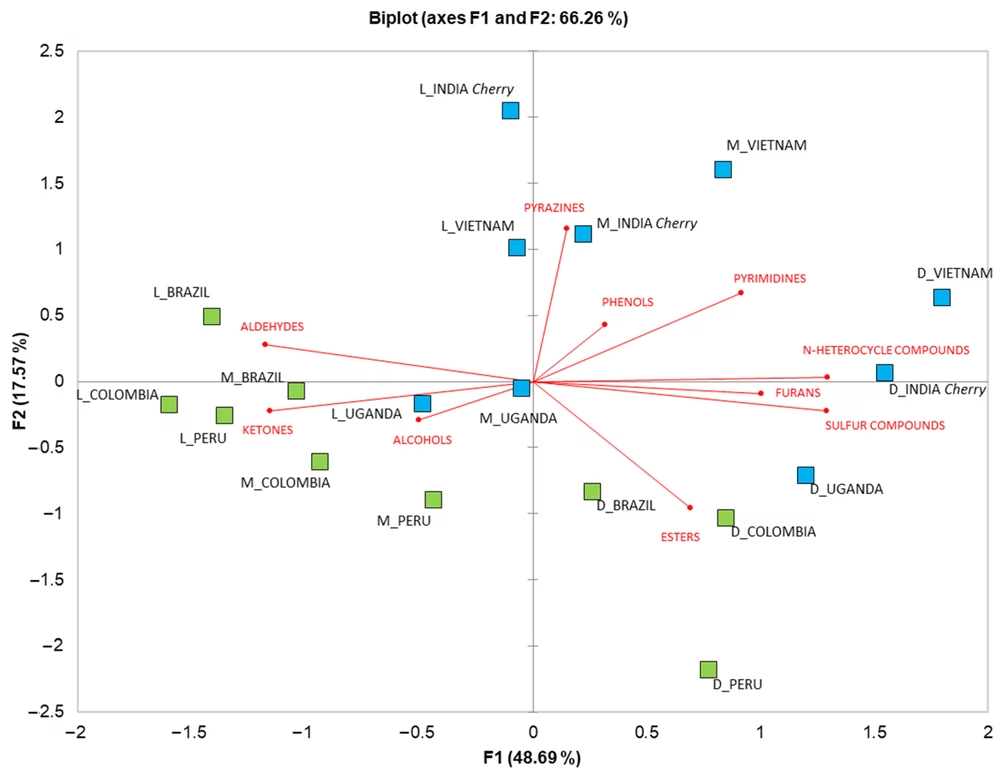
Traceability, today, represents more than just a marketing advantage; it is becoming the foundation of integrity in specialty coffee. The volatile compounds that dance across our palates with each sip of espresso are now revealing themselves as nature’s own certification system, offering scientific validation of origin claims that once relied solely on documentation and trust.
This emerging frontier of coffee science invites continued exploration by researchers, roasters, and baristas alike—a collaborative quest that promises to deepen our appreciation for coffee’s remarkable complexity while strengthening the connections between consumers and the distant farms where their beans are cultivated. As we refine these analytical methods and expand our chemical vocabulary, the humble espresso may yet prove to be not just a beloved beverage but a powerful tool for transparency in an increasingly interconnected global coffee community.
ABOUT THE AUTHOR
Bhavi Patel is a food writer focusing on coffee and tea, and a brand-building specialist with a background in dairy technology and an interest in culinary history and sensory perception of food.
Subscribe and More!
As always, you can read Barista Magazine in paper or digital format. Subscribe here to get your own hardcopy of each issue delivered. Read the April + May 2025 issue for free with our digital edition.
And for more than three years’ worth of issues, visit our digital edition archives here.

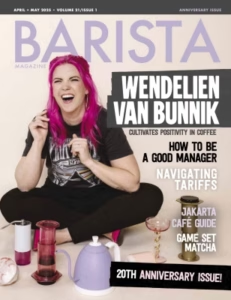


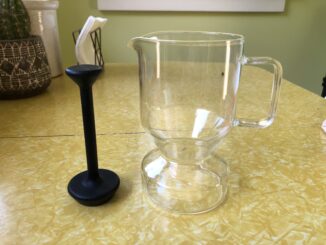
This study is from 2023